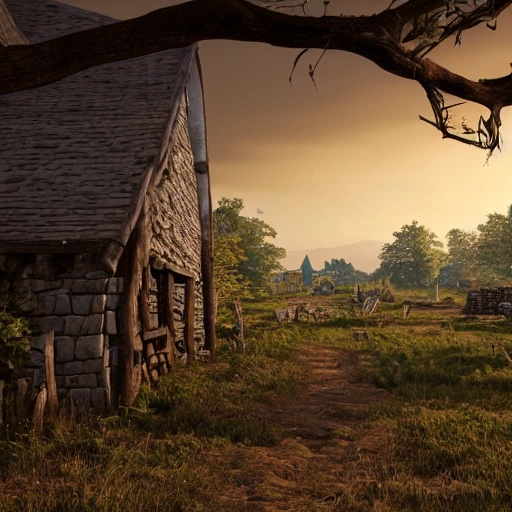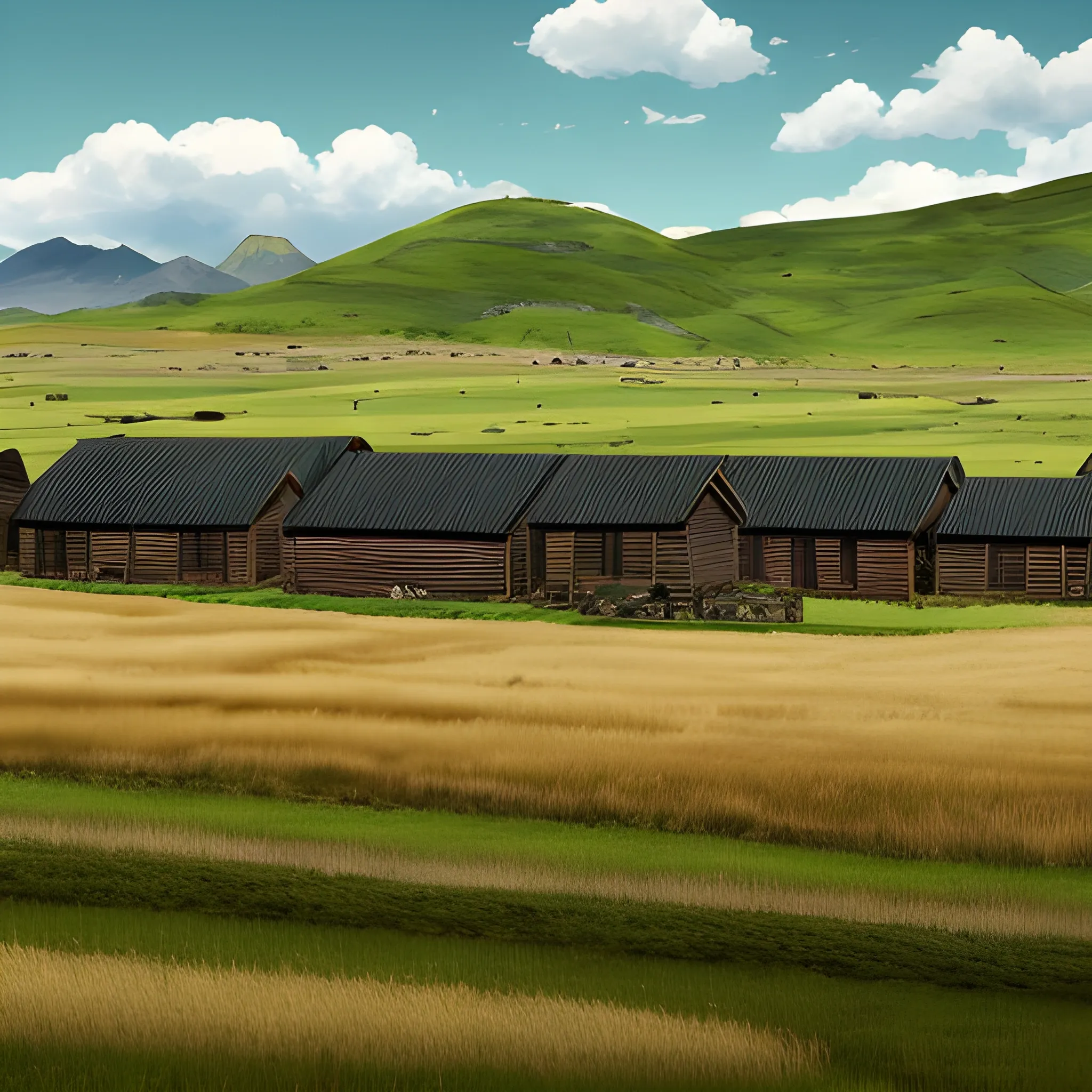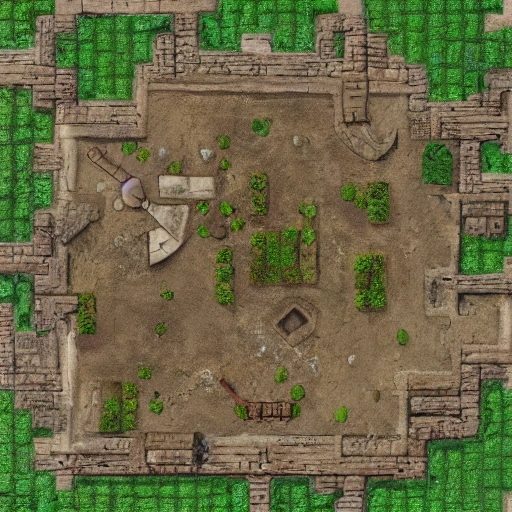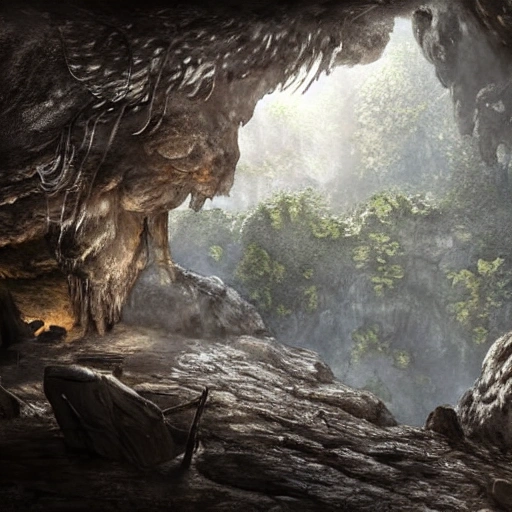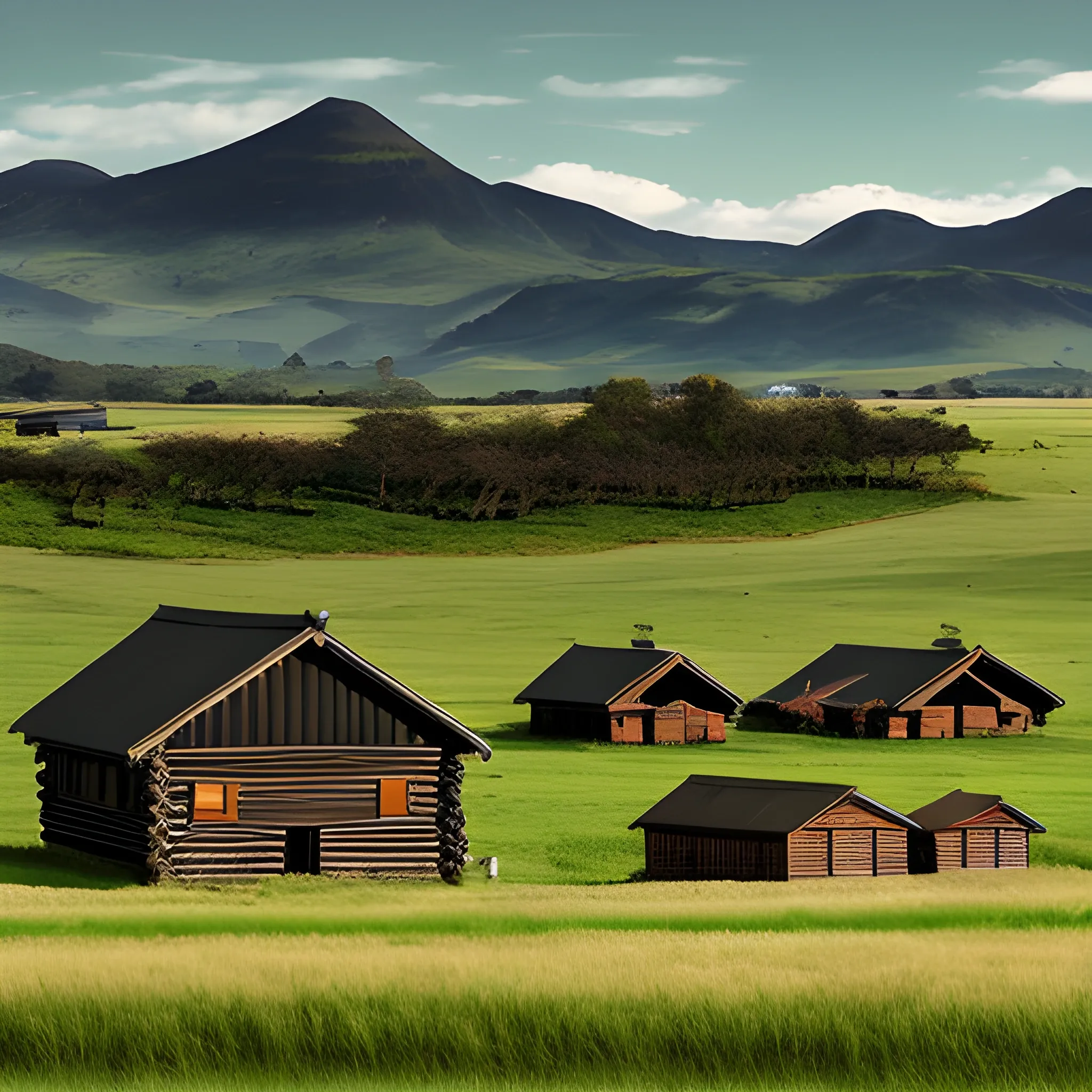Search Results for settlement
Explore AI generated designs, images, art and prompts by top community artists and designers.
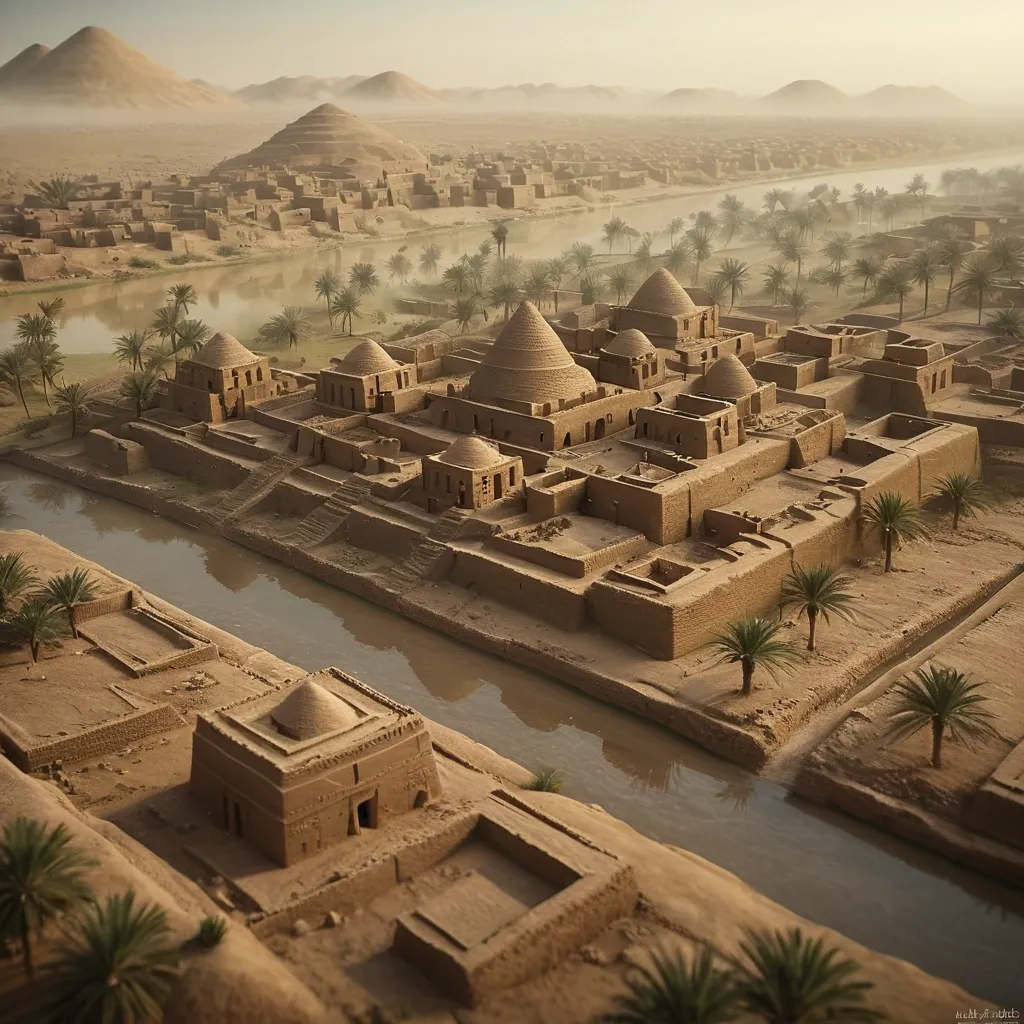
Eridu in 3000 BCE , a bustling Sumerian settlement by the Euphrates , mud-brick houses , stepped ziggurat rising in the center , palm groves along the riverbanks , early morning mist , Style: hyperrealistic with a painterly texture , reminiscent of historical reconstruction art , detailed and atmospheric with subtle depth of field , Wide view , Side View , 4K. ,

A Bullet completely encircling the medical capsule , with intricate cross-sectional details revealing sprawling human settlements , transparent habitation zones , complex infrastructure , and interconnected Cockpit sitting structures visible through the capsule's translucent exterior. Hyper-detailed architectural. medical capsule fly in space with artificial gravity. The capsule's body features bright neon glowing stripes , emphasizing its rapid motion. In the background , in the upper right corner , is a modern , high-tech city with tall skyscrapers and holographic Billboard interfaces hovering in the air. The atmosphere is filled with dynamism , a sense of energy , and speed. ,
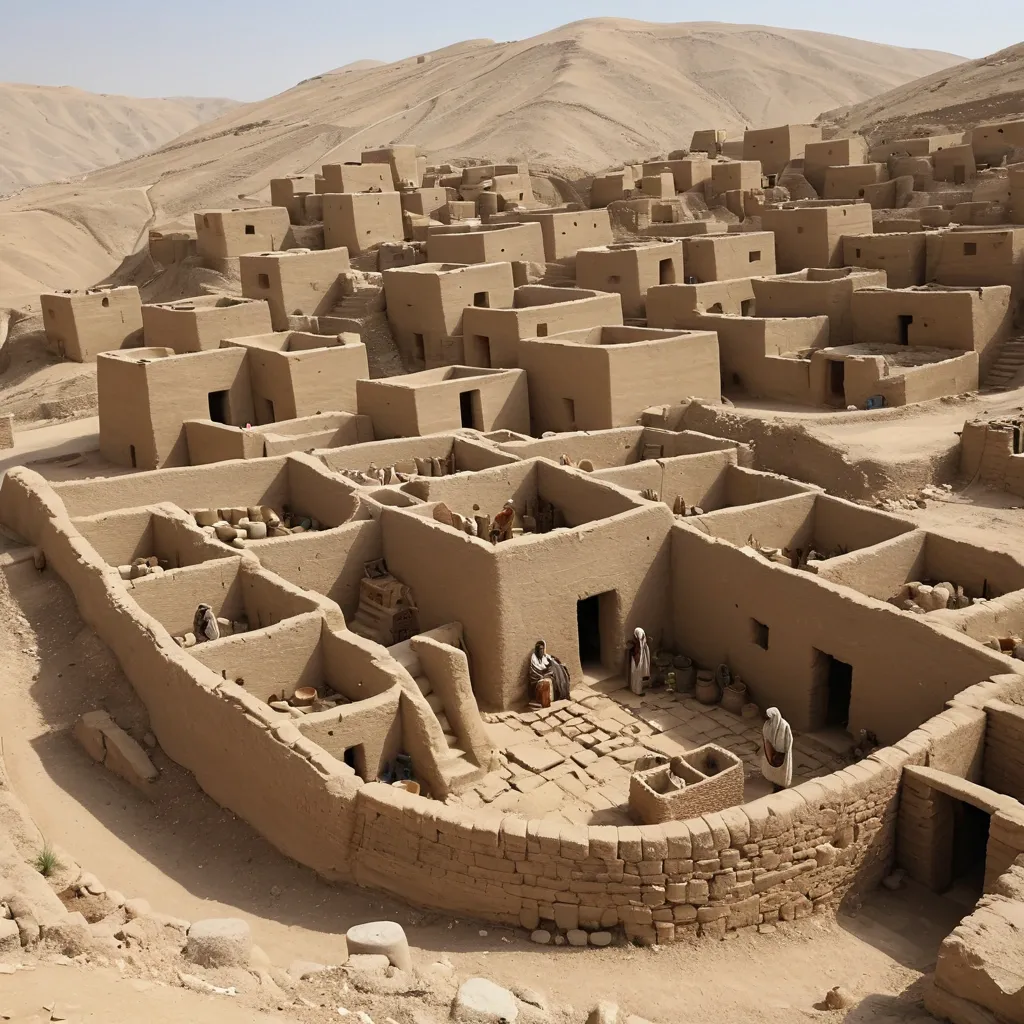
Tepe Gawra in 4000 BCE , ancient northern Mesopotamian hilltop settlement , multi-room mudbrick houses with plastered walls , narrow alleys between dwellings , communal storage buildings and temples with painted pottery offerings , villagers in simple woven garments , goats and donkeys nearby , surrounding arid hills and fertile fields , atmosphere of early urban organization and ritual life , noon , sunny , summer , Digital Painting , 4K ,
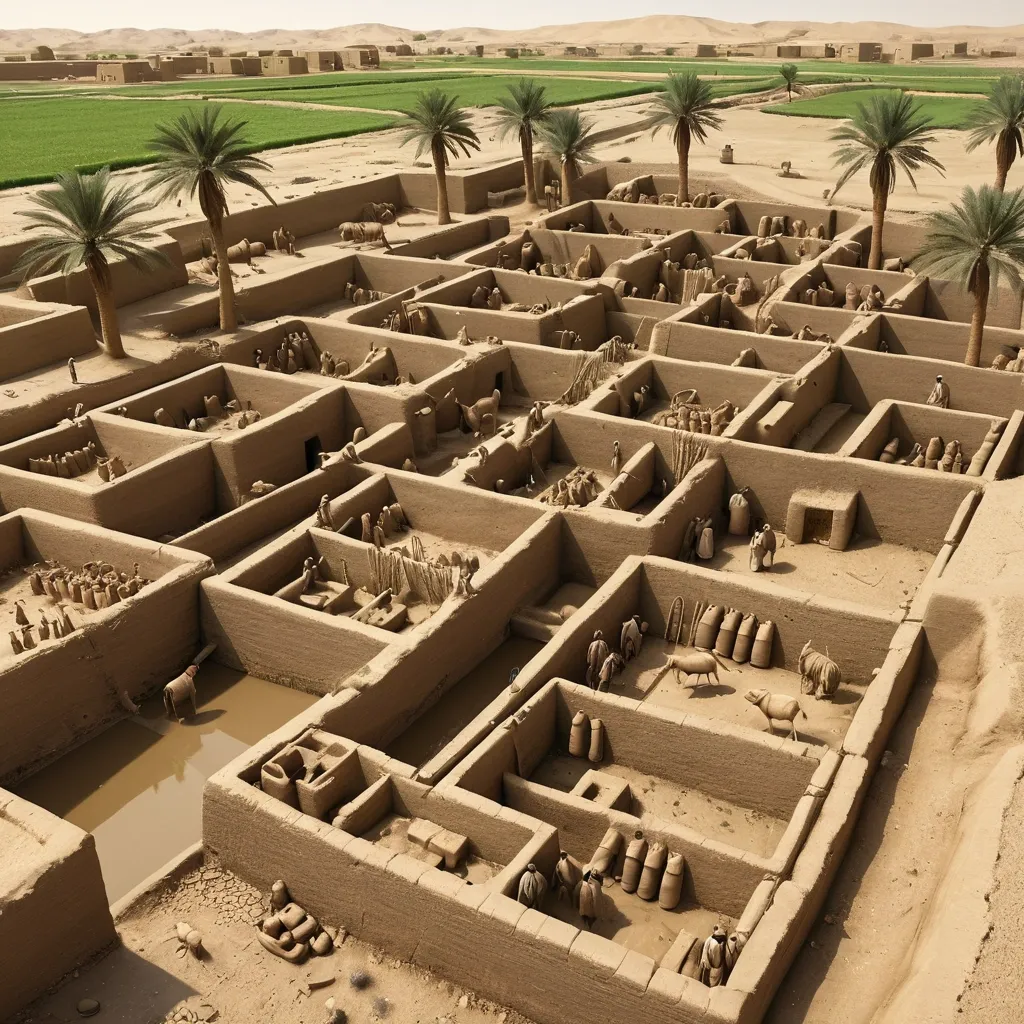
Tell es-Sawwan in 4000 BCE , early Mesopotamian riverside settlement , rectangular mudbrick houses with reed roofs , defensive walls and storage pits , villagers shaping clay figurines and tending goats , irrigation channels from the Tigris River , date palms and cultivated fields nearby , tranquil yet industrious atmosphere of early agriculture and craft , morning , sunny , spring , Concept Art , 4K ,
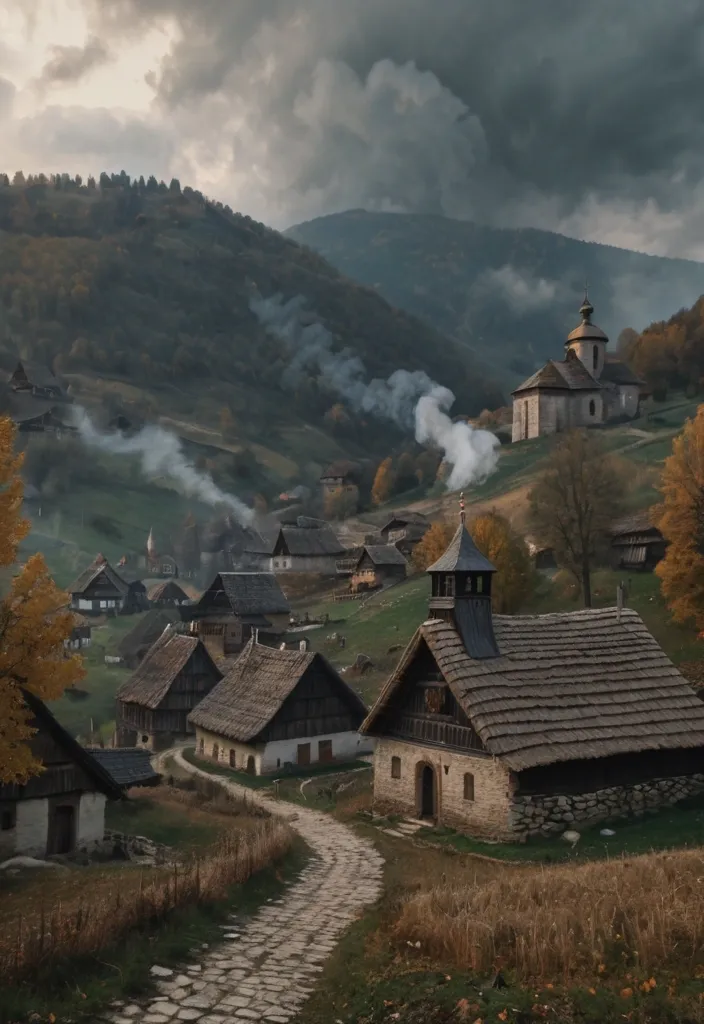
17th century Serbian village of Medveđa , small wooden and stone houses with thatched and shingled roofs , smoke rising from chimneys , villagers in wool and linen garments , Orthodox church with simple cross , surrounding forested hills and farmland , dirt paths through the settlement , rustic atmosphere of hardship and resilience , dusk , overcast skies , autumn golden leaves , Matte Painting , 4K ,

A Cyborg Sympathy Drone completely encircling the Helmet , with intricate cross-sectional details revealing sprawling human settlements , transparent habitation zones , complex infrastructure , and man interconnected in Cockpit sitting structures visible through the Helmet's translucent exterior. The Helmet's body features bright neon glowing stripes , emphasizing its rapid motion. In the background , in the upper right corner , is a modern , high-tech city with tall skyscrapers and holographic Billboard interfaces hovering in the air. The atmosphere is filled with dynamism , a sense of energy , and speed. Soft reflections , clean 3D rendering , smooth transitions and a cyberpunk-neon-tech effect. ,

A Bullet completely encircling the ice-cream cone , with intricate cross-sectional details revealing sprawling human settlements , transparent habitation zones , complex infrastructure , and interconnected Cockpit sitting structures visible through the cone's translucent exterior. Hyper-detailed architectural. Airplane fly in space with artificial gravity. The Airplane's body features bright neon glowing stripes , emphasizing its rapid motion. In the background , in the upper right corner , is a modern , high-tech city with tall skyscrapers and holographic Billboard interfaces hovering in the air. The atmosphere is filled with dynamism , a sense of energy , and speed. A space background with a subtle glow , minimalist , emphasizes the digital atmosphere. The image should look like a hologram or a scene from a futuristic Web3 world. Soft reflections , clean 3D rendering , smooth transitions and a cyberpunk-neon-tech effect. ,

A massive polygon completely encircling the polygon , with intricate cross-sectional details revealing sprawling human settlements , alien architecture , organic architecture , porcelain , Eco-friendly , bibliophile and interconnected skyscraper structures visible through the polygon's translucent exterior. Hyper-detailed architectural. Rotating rail-track in space with artificial gravity. 30th century orbital cars running on polygon-track , motion speed , advanced technological networks. Cinematic composition highlighting the monumental engineering achievement , using crisp photographic realism and a color palette of metallic silvers. Ultra-high resolution rendering with microscopic precision and grand astronomical perspective. ,

A breathtakingly dramatic scene of an erupting volcano towering over a quaint , picturesque village below. The volcano is in full eruption , with thick , billowing plumes of dark ash and glowing red lava spewing high into the sky , creating a stark contrast against the dark , stormy atmosphere. The lava flows down the steep volcanic slopes , illuminating the landscape with an eerie , fiery glow. The village below is a charming , rustic settlement with cobblestone streets , traditional wooden houses with steep , thatched roofs , and a central square featuring a stone fountain. The villagers are seen in a state of urgency—some running to safety , others gathering belongings , while a few brave souls attempt to guide others to higher ground. The scene captures a mix of fear , chaos , and resilience. The foreground showcases a lush , green valley with winding rivers and fields , now partially engulfed in the encroaching lava flow. The sky is filled with swirling ash clouds , casting a dim , apocalyptic light over the scene , while distant lightning flickers ominously. The art style is highly detailed and realistic , with rich textures—rough volcanic rock , the smooth flow of lava , and the intricate architecture of the village. The lighting is dynamic , emphasizing the fiery glow of the eruption against the dark , brooding sky , creating a sense of both beauty and impending doom. ,
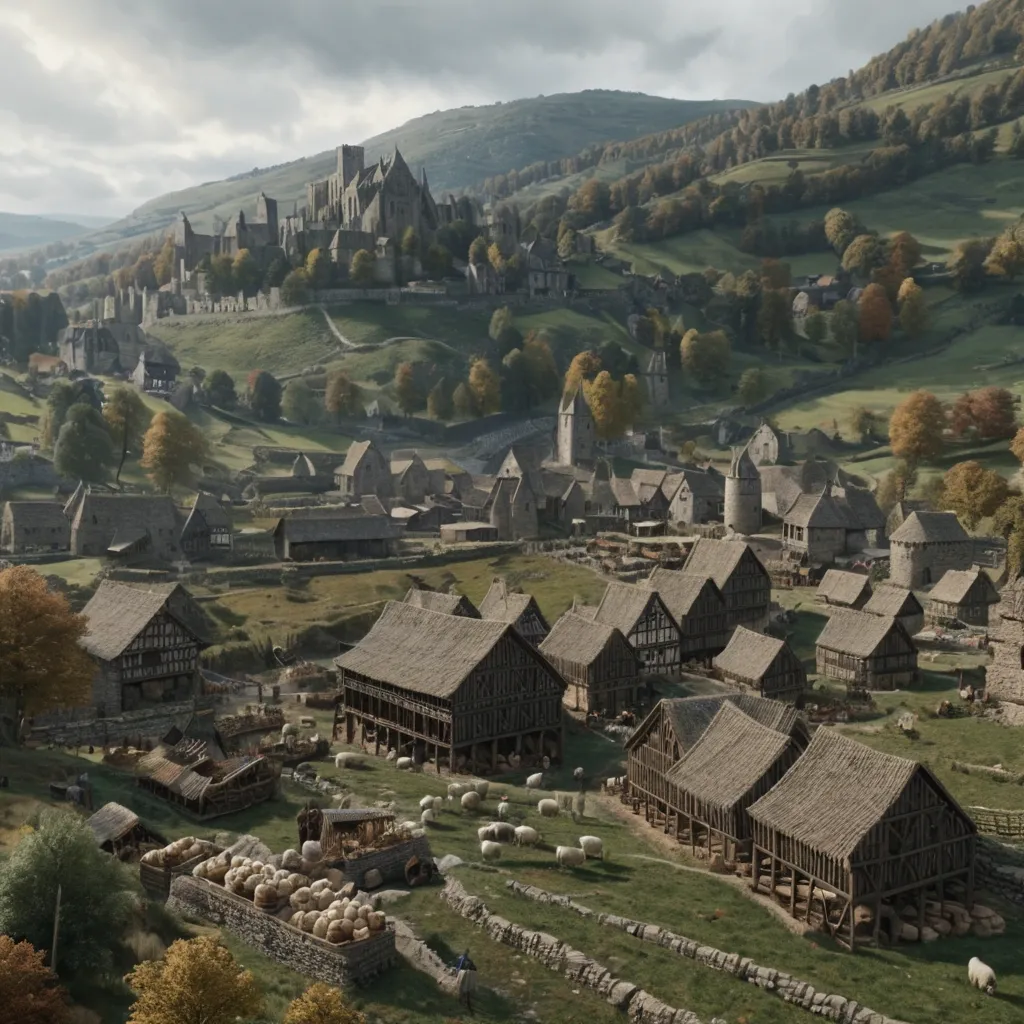
stone castle atop a rocky hill , early cathedral under construction with wooden scaffolding , small village of timber and wattle houses along riverbank , market stalls with cloth and produce , peasants in wool tunics , farmland and grazing sheep surrounding settlement , distant rolling hills , morning , overcast , autumn , Matte Painting , 4K ,
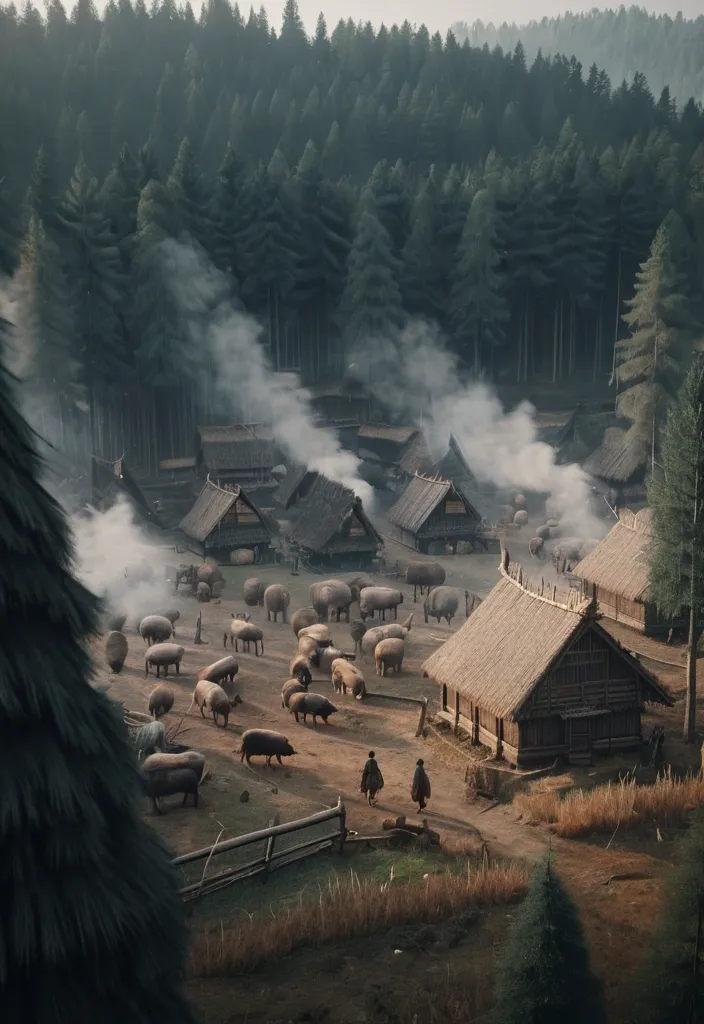
forest clearing with timber longhouses , smoke rising from central hearths , wooden palisade surrounding settlement , people in fur and woolen garments , thatched roofs and woven fences , pigs and cattle wandering , dense pine woods in background , simple shrines to nature spirits , dawn , misty , autumn , Concept Art , 4K ,

Strategic game render of a futuristic settlement in a dry , brown industrial zone. Blue prefab buildings labeled with white serial numbers form living quarters. Tall lamp posts cast industrial yellow lighting , while a suspended monorail system glows in the distance. The ground is dusty , and there's visible mining equipment , storage tanks , and stacked cargo containers. ,

Strategic game render of a futuristic settlement in a dry , brown industrial zone. Blue prefab buildings labeled with white serial numbers form living quarters. Tall lamp posts cast industrial yellow lighting , while a suspended monorail system glows in the distance. The ground is dusty , and there's visible mining equipment , storage tanks , and stacked cargo containers. ,

Strategic game render of a futuristic settlement in a dry , brown industrial zone. Blue prefab buildings labeled with white serial numbers form living quarters. Tall lamp posts cast industrial yellow lighting , while a suspended monorail system glows in the distance. The ground is dusty , and there's visible mining equipment , storage tanks , and stacked cargo containers. ,

Strategic game render of a futuristic settlement in a dry , brown industrial zone. Blue prefab buildings labeled with white serial numbers form living quarters. Tall lamp posts cast industrial yellow lighting , while a suspended monorail system glows in the distance. The ground is dusty , and there's visible mining equipment , storage tanks , and stacked cargo containers. ,
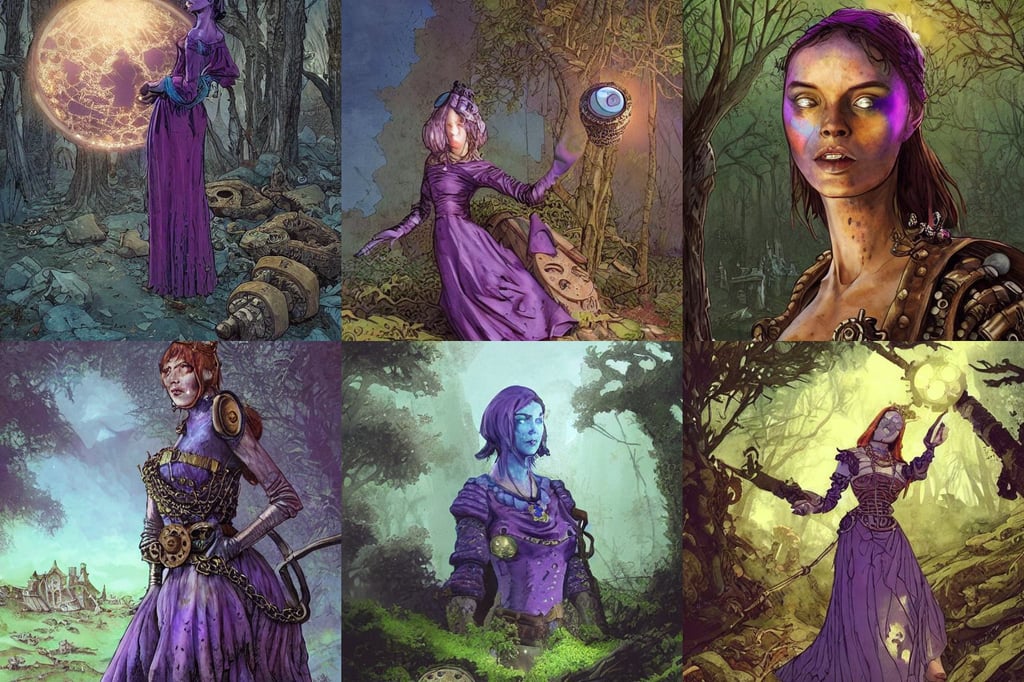
A small medieval settlement , Steampunk , richard corben , with a huge glowing gemstone in the middle of its forehead , finely detailed perfect face delicate features , violet-blue palette , portrait art by jesper ejsing and conrad roset , beautiful detailed dress , in the woods , photorealistic image , quixel megascan , gouache ocean and boats , by james gurney , reflective gradient showing earth , eerie shadows ,
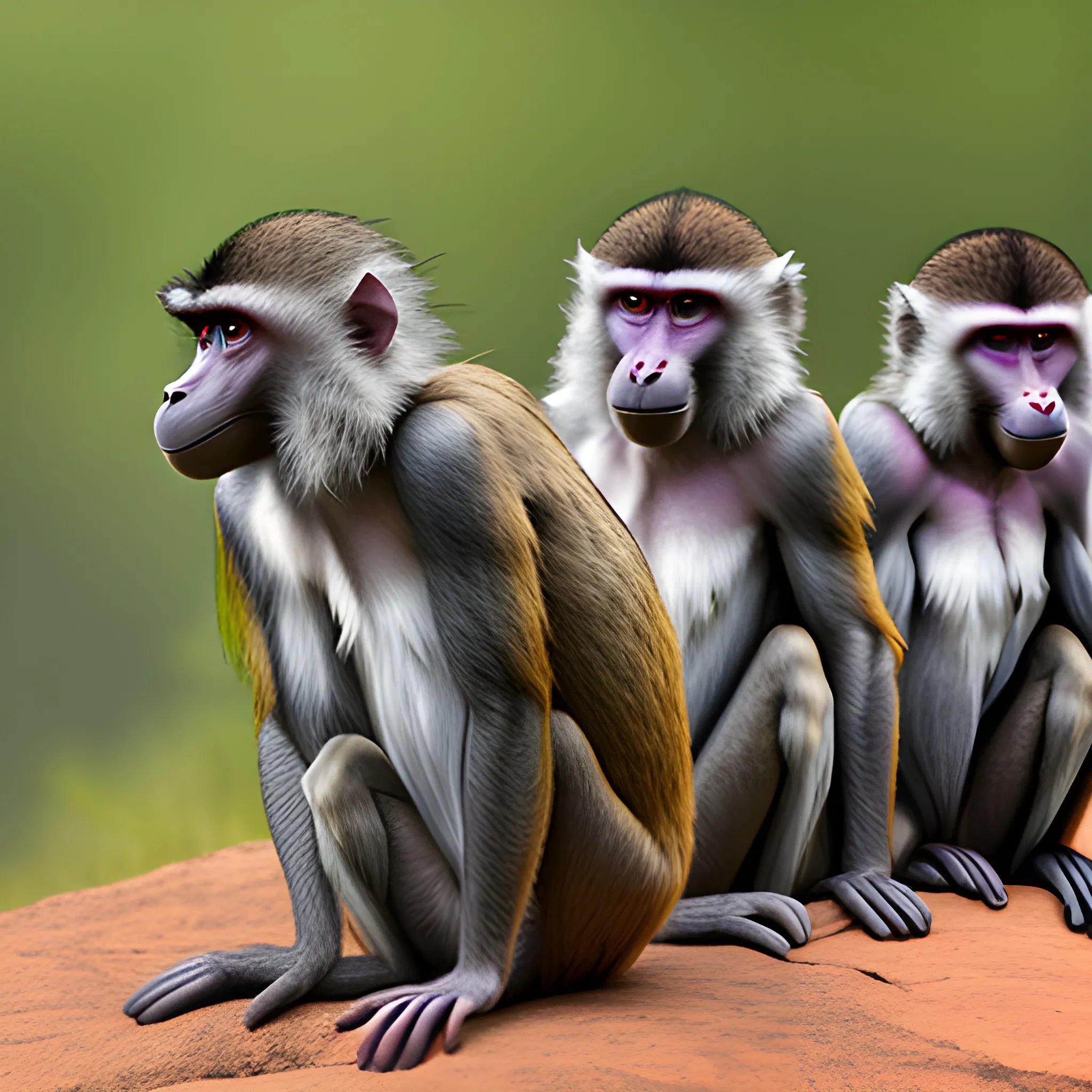
Appearance: The Baboon is a medium-sized primate with a distinctive and charismatic appearance. It has a robust and muscular body , covered in short fur that can range in color from brown to gray or even olive-green. Baboons have a dog-like snout , sharp teeth , and a hairless face with prominent cheek pouches , which they use to store food. They have long arms and powerful legs , allowing them to move quickly and with agility. Features: Baboons are highly social creatures , living in close-knit troops that can consist of a few individuals to larger groups. Their intelligence and adaptability enable them to survive in various environments , from lush jungles to arid savannahs. They are known for their strong social hierarchy and complex communication , using vocalizations , gestures , and facial expressions to convey emotions and intentions. Habitat: Baboons are versatile animals that can thrive in a range of habitats , including forests , grasslands , and mountainous regions. They are often found near water sources , as they require regular access to drinking water. In your DND world , baboons might inhabit areas with lush vegetation or live in proximity to humanoid settlements , scavenging for food scraps. Behavior: Baboons are opportunistic omnivores , with a varied diet that includes fruits , leaves , seeds , insects , and small animals. They are skilled climbers and can use their agility to escape predators or reach high-up food sources. Baboons are known for their playfulness , engaging in social interactions , grooming , and even games with each other. Role in the World: In your DND world , baboons could serve as a part of the natural ecosystem or be associated with certain deities or nature spirits. Druids and rangers might have a special connection with baboons , viewing them as symbols of adaptability and community. Encountering baboons in the wild could present various opportunities for adventurers. They might have non-combat interactions with the primates , such as observing their social behaviors or using animal handling skills to communicate with them. Baboons could also play a role in quests involving local tribes or settlements , where their presence might be considered either beneficial or problematic depending on the circumstances. While not inherently aggressive , baboons can defend themselves and their troop if they feel threatened , making it essential for adventurers to approach them with respect and caution. ,
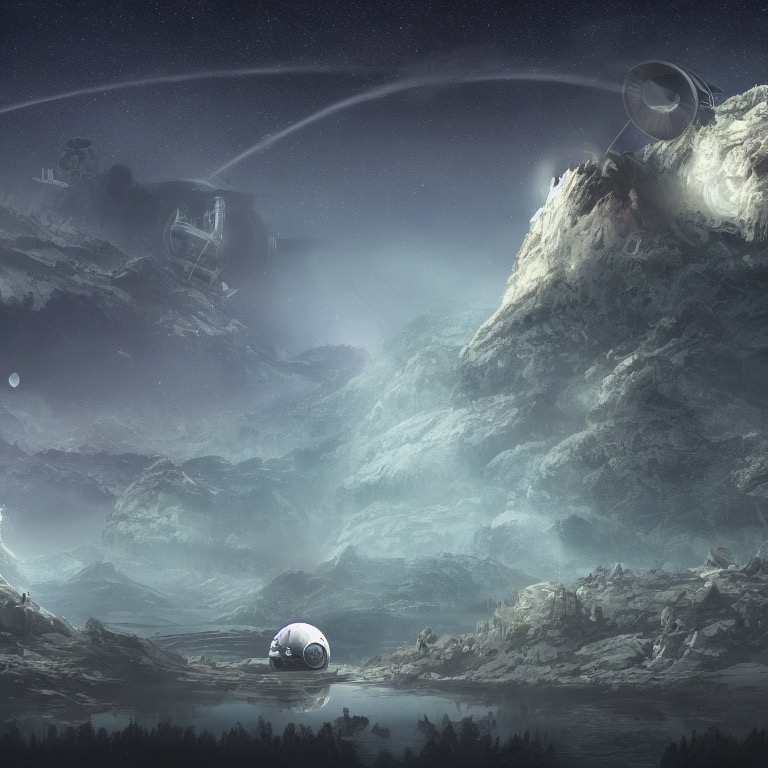
space craft , explorer , civilisation , settlement , forest , agricultural , mountainous , epic , lake , futuristic , planets , realistic , fantastic , panoramic , scenery , epic , fantasy , science fiction , galactic , starfield , Detailed and Intricate , Photo ,

Appearance: The bartender is a surprising sight , as it is an Orc , typically known for their fierce and warrior-like appearance. Despite the common stereotype , this Orc bartender breaks the mold with a warm and inviting demeanor. Standing behind the bar with a muscular frame and greenish-gray skin , they greet patrons with a friendly smile , showcasing their sharp tusks that add character to their face. Their strong hands deftly handle bottles and mugs with surprising gentleness , a stark contrast to their intimidating appearance. Features: This Orc bartender is not only strong but possesses a natural talent for putting people at ease. They have a deep and resonant voice that carries through the tavern , captivating patrons with their tales and jokes. Despite the language barrier that might exist between some patrons and the Orc , they are skilled at communicating through gestures and expressions , ensuring everyone feels welcome. Habitat: This Orc bartender can be found in a diverse range of establishments , from rowdy taverns in bustling cities to cozy inns tucked away in the countryside. Their presence bridges the gap between different races and cultures , making them an essential figure in places where adventurers and travelers gather. In your DND world , this Orc bartender might be running a tavern on the outskirts of a mixed-race settlement or in an adventurers' haven near a renowned dungeon. Behavior: While fierce in battle , this Orc bartender has chosen a path of hospitality and community. They genuinely care about the well-being of their patrons and take pride in creating an enjoyable atmosphere. Their ability to read people serves them well in handling various situations that may arise within the tavern , ensuring that disputes are quelled before they escalate. Role in the World: In your DND world , this Orc bartender defies stereotypes and acts as a symbol of unity among different races. They challenge preconceived notions and prejudices , using their role to promote understanding and camaraderie. Adventurers may find in them an unexpected ally or a source of wisdom as they navigate the complexities of the world. Encountering an Orc bartender in your campaign can be a delightful and thought-provoking experience for players. It presents an opportunity to explore themes of acceptance , tolerance , and the potential for individuals to rise above cultural expectations. The interactions with this unique bartender can lead to interesting role-playing moments , offering a chance for players to challenge their characters' biases and assumptions. The presence of an Orc bartender in your campaign world adds depth and complexity to the portrayal of different races and cultures. It enriches the world by showcasing that individuals are not bound by their appearances , and their choices and actions can have a profound impact on the communities they are a part of. This NPC can become a memorable and cherished character in your DND campaign , leaving a lasting impression on players as they continue their adventures. ,
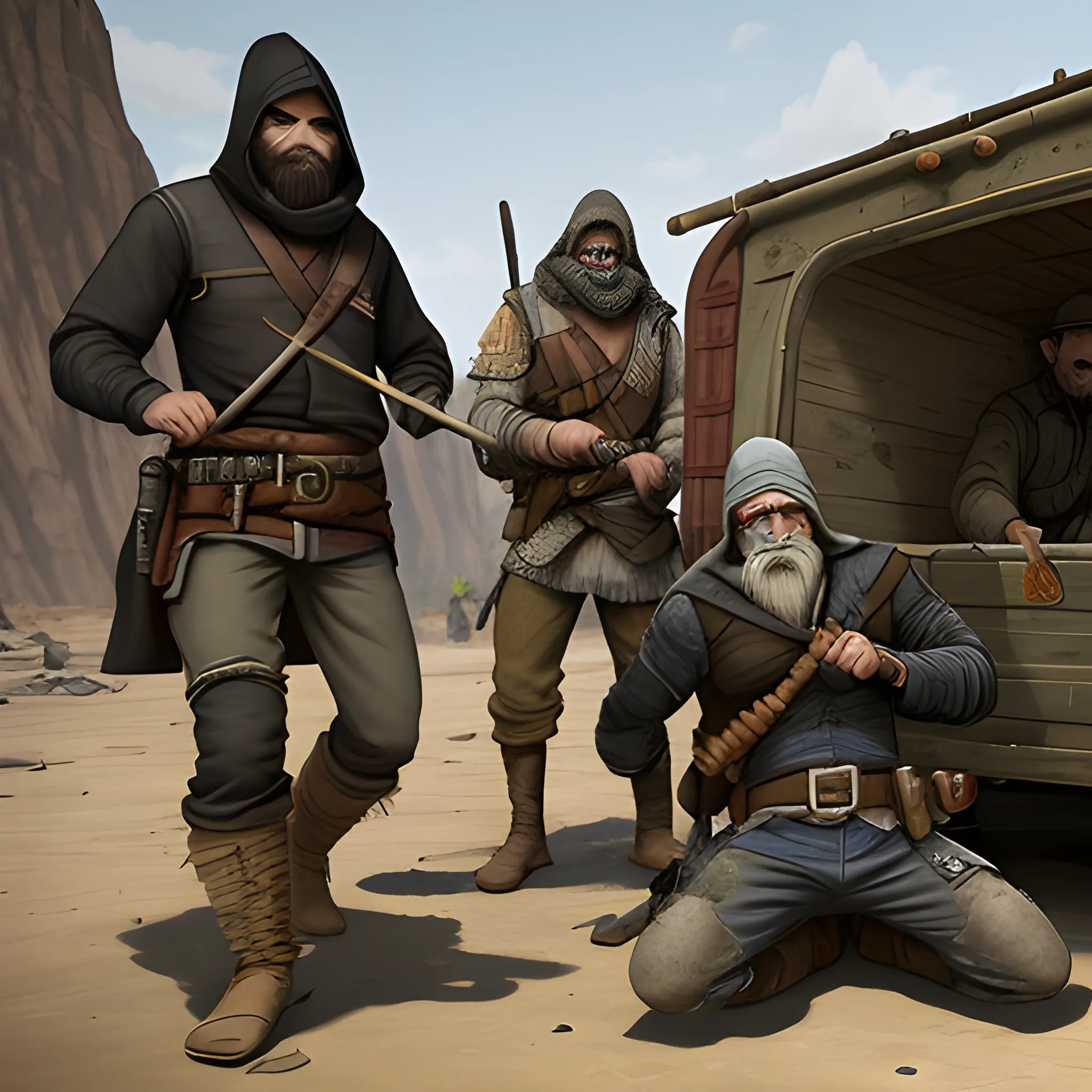
Appearance: The Bandit is a rugged and cunning individual , often dressed in worn and nondescript clothing that allows them to blend in with common folk or the wilderness. They may wear tattered cloaks or hoods to conceal their identity while on the prowl. Their attire is practical , allowing them to move swiftly and quietly during their illicit activities. Bandits often sport an unkempt appearance , with scruffy beards or unkempt hair , reflecting their rough and lawless lifestyle. Features: Bandits are opportunistic criminals , skilled in ambushes , theft , and intimidation. They may wield a variety of weapons , from rusty daggers to notched swords or stolen bows , depending on their individual expertise. While they lack the training and discipline of seasoned soldiers , their resourcefulness and willingness to resort to violence make them dangerous adversaries. Habitat: Bandits are commonly found in lawless or remote regions , where they can operate without interference from authorities. They may establish secret hideouts in caves , abandoned buildings , or hidden forest encampments. In your DND world , they might be part of organized criminal networks , operating out of seedy taverns or disreputable establishments. Behavior: Bandits are typically driven by a desire for wealth and power , willing to prey on the vulnerable and unsuspecting to achieve their goals. They are not afraid to use intimidation and violence to achieve their objectives , making them a menace to travelers and isolated communities. Some bandits may be driven by desperation or a sense of rebellion against authority , while others simply embrace a life of lawlessness. Role in the World: In your DND world , Bandits can be a common and persistent threat to the safety of travelers and the stability of settlements. They may operate independently or as part of larger criminal organizations , profiting from extortion , smuggling , or raiding caravans. Lawful characters , such as paladins and city guards , might consider it their duty to confront and bring these lawbreakers to justice. Encountering Bandits in your campaign can provide opportunities for diverse interactions and moral choices. Players may face the dilemma of showing mercy to those driven to crime by hardship or rooting out dangerous and malicious criminals. Bandit encounters can range from tense negotiations to thrilling skirmishes , offering a chance for characters to display their skills , morals , and resourcefulness. The presence of Bandits in your campaign world adds an element of danger and unpredictability to travel and exploration. Players will need to be cautious when traversing remote areas or encountering strangers on the road. Bandit encounters can serve as minor challenges for lower-level parties or become more significant threats when part of a larger , more organized criminal enterprise. Regardless of their role , Bandits provide an opportunity to explore themes of law and order , survival , and the blurred lines between good and evil in your DND world. ,

space craft , explorer , civilisation , settlement , forest , agricultural , mountainous , epic , lake , futuristic , planets , realistic , fantastic , panoramic , scenery , epic , fantasy , science fiction , galactic , starfield , Detailed and Intricate , , Photo ,
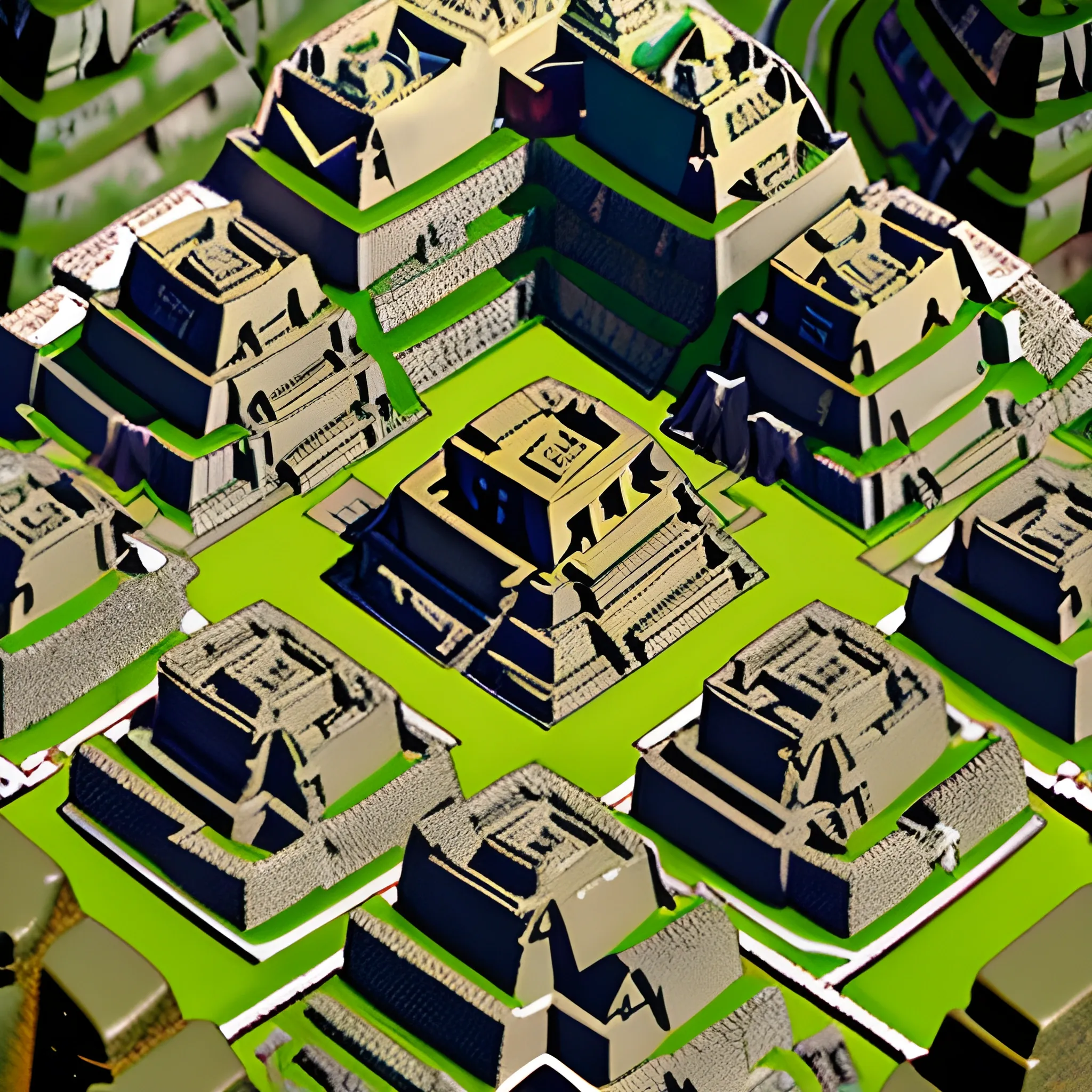
(Aerial view , top view , isometric perspective , extra long shot:1.4) , (Ancient Mayan civilization , machu picchu , in the high mountains , totem , Mayan Step Pyramid , totem pole:1.4) , ([porter|sedan bearer|isherman|businessman|actor|passerby|Monk|Soldier] , [carriage| horse|ox cart|cattle|livestock|sedan chair] , [Monument|Well|Fountain|Temple|Plaza|Street|settlement|buildings | house] , ,
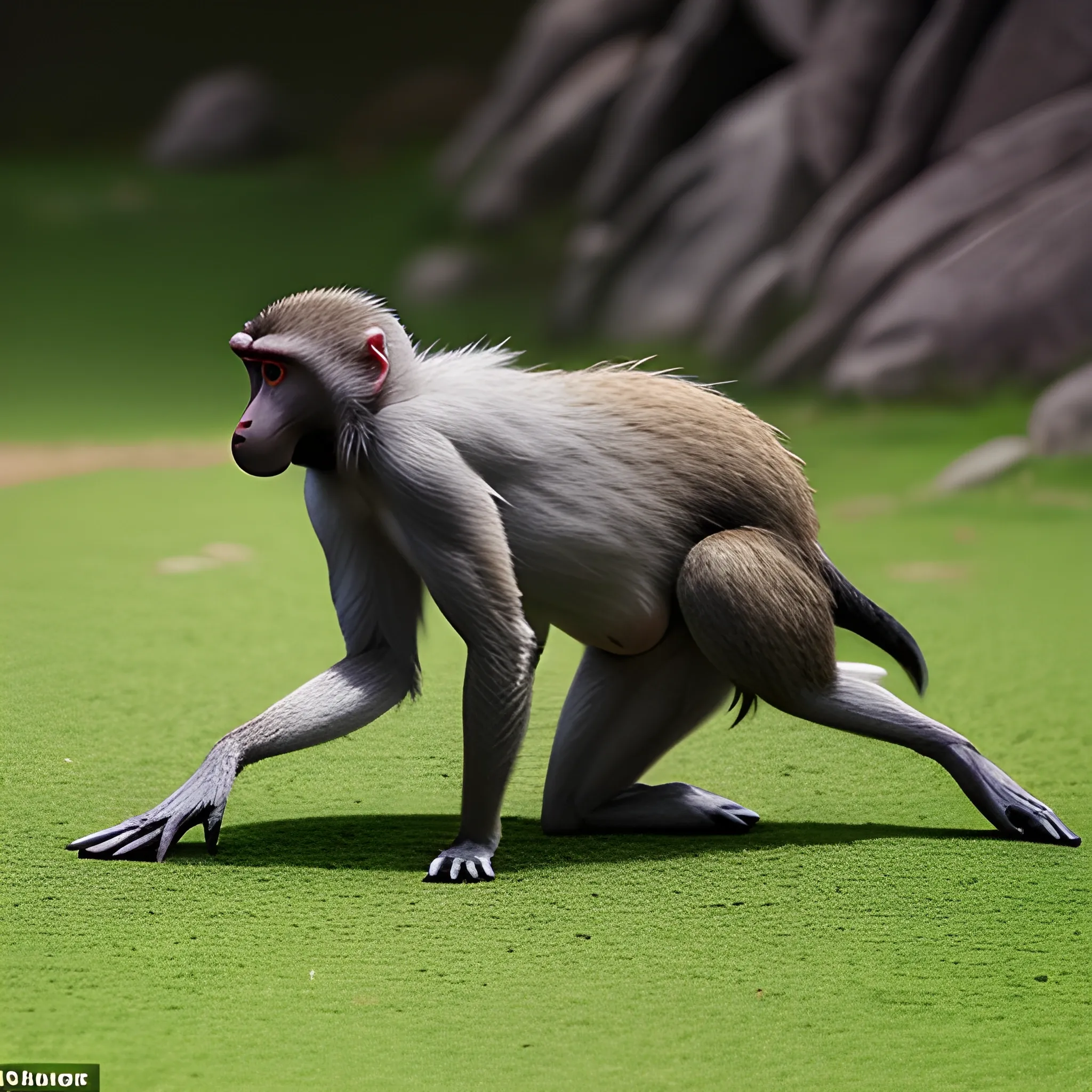
Appearance: The Baboon is a medium-sized primate with a distinctive and charismatic appearance. It has a robust and muscular body , covered in short fur that can range in color from brown to gray or even olive-green. Baboons have a dog-like snout , sharp teeth , and a hairless face with prominent cheek pouches , which they use to store food. They have long arms and powerful legs , allowing them to move quickly and with agility. Features: Baboons are highly social creatures , living in close-knit troops that can consist of a few individuals to larger groups. Their intelligence and adaptability enable them to survive in various environments , from lush jungles to arid savannahs. They are known for their strong social hierarchy and complex communication , using vocalizations , gestures , and facial expressions to convey emotions and intentions. Habitat: Baboons are versatile animals that can thrive in a range of habitats , including forests , grasslands , and mountainous regions. They are often found near water sources , as they require regular access to drinking water. In your DND world , baboons might inhabit areas with lush vegetation or live in proximity to humanoid settlements , scavenging for food scraps. Behavior: Baboons are opportunistic omnivores , with a varied diet that includes fruits , leaves , seeds , insects , and small animals. They are skilled climbers and can use their agility to escape predators or reach high-up food sources. Baboons are known for their playfulness , engaging in social interactions , grooming , and even games with each other. Role in the World: In your DND world , baboons could serve as a part of the natural ecosystem or be associated with certain deities or nature spirits. Druids and rangers might have a special connection with baboons , viewing them as symbols of adaptability and community. Encountering baboons in the wild could present various opportunities for adventurers. They might have non-combat interactions with the primates , such as observing their social behaviors or using animal handling skills to communicate with them. Baboons could also play a role in quests involving local tribes or settlements , where their presence might be considered either beneficial or problematic depending on the circumstances. While not inherently aggressive , baboons can defend themselves and their troop if they feel threatened , making it essential for adventurers to approach them with respect and caution. ,

Graphic Element: Use a simple and modern graphic element that combines the letters "X" and "H" to create a unique shape. This graphic element symbolizes the name of Xin Hui Company and represents the meaning of unity and cooperation , signifying the collaborative relationship between Xin Hui Company , the government , and businesses. Color Selection: It is recommended to use deep blue and golden yellow as the primary color scheme. Deep blue represents professionalism , stability , and reliability , while golden yellow symbolizes prosperity , success , and value. This color combination can convey Xin Hui Company's position as a leader in government investment attraction and enterprise settlement , as well as its contribution to economic growth. Font Selection: Choose a modern and bold font to display the company name. The font should convey strength and professionalism to highlight the company's capabilities and reputation. Additional Element: Add a small globe icon below the graphic element to represent the global and international scope of investment attraction. This additional element further emphasizes Xin Hui Company's influence and breadth in the field of investment attraction. Please note that translations may not always capture the nuanced meaning and cultural connotations perfectly. ,

